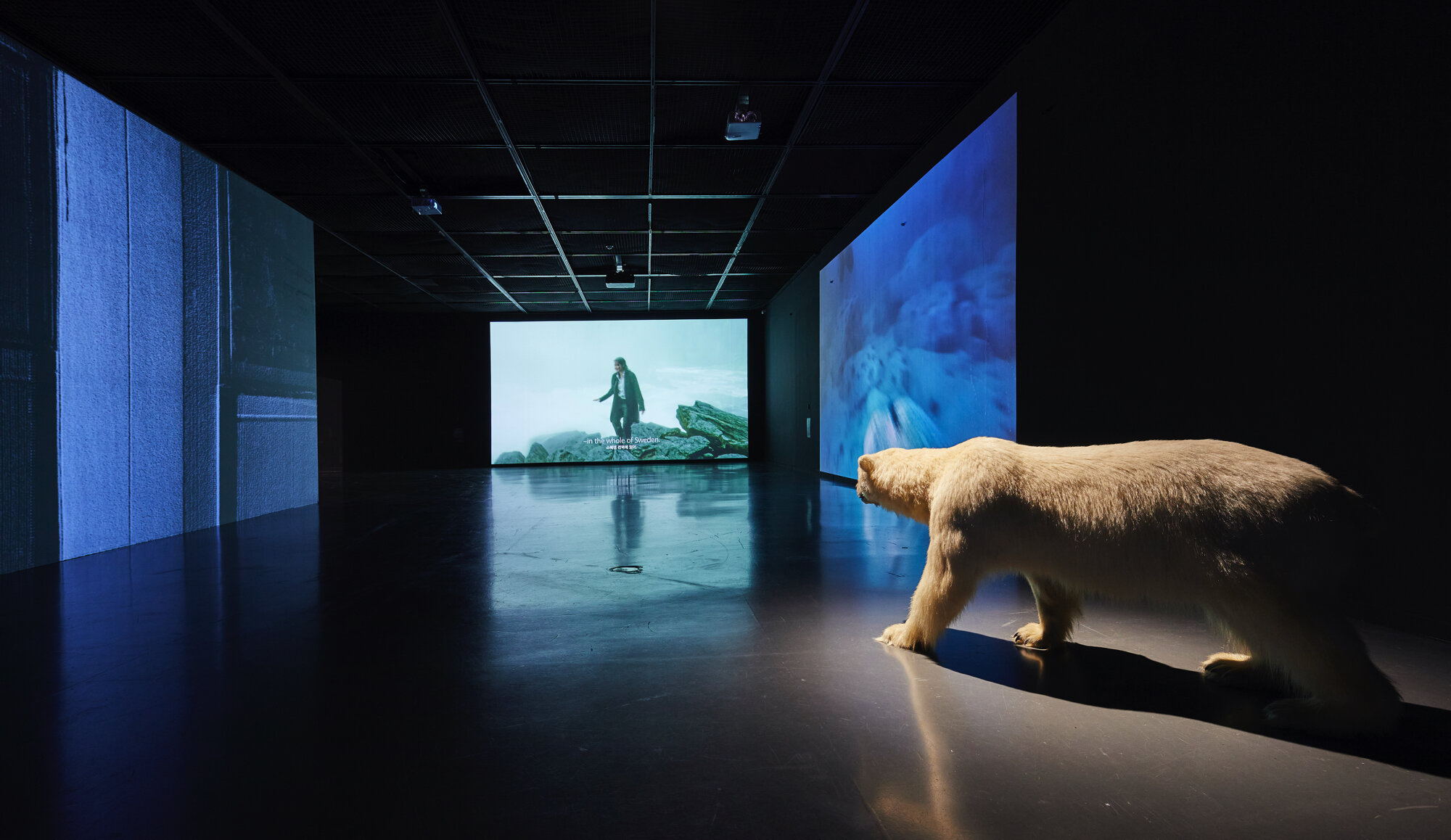CLIMATE MUSEUM:LIFE AND DEATH OF OUR HOME
8.6 2021 – 8.8 2021 SEOUL MUSEUM OF ART
Curator: Lee Hyewon, Pai Hyungmin
The home for humans; and the home for all living beings. Our human habitat and our earth's ecology share the same etymology of oikos. Climate Museum: Life and Death of Our Home is an exhibition on the crisis of these small and large homes.
Three kinds of homes comprise the thematic sections of Climate Museum. The first is the home for all things: the earth’s eco-system, the oikos in the midst of irrevocable disruption. Tragic Oikos houses a series of dead trees, videos, and taxidermy specimens dealing with starved animals that have lost their habitat, dying conifer forests in Mt. Halla, ocean deserts in the East Sea, melting Antarctica glaciers, and data centers, the fastest growing source of carbon emissions. The second is the human home, the modern Korean house caught in the constant cycle of building and wrecking. As 40% of the world’s carbon emissions originates from construction, House as Assemblage: Building-Wrecking focuses on the life-cycle of the Korean apartment and their materials. The third home in Climate Museum is a habitat for bees, birds, and butterflies. Independent of the exhibition, its schedule, and its visitors, B-Plex has been installed on the museum’s roof terrace for birds to hatch their eggs and raise their young in the spring and wild bees gather pollen during autumn. Though visits will be limited to protect the bees, birds, and butterflies, they can always be viewed through the CCTV and telescope in the courtyard. From these three homes - Tragic Oikos, House as Assemblage, and B-Plex - artists, activists, and scientists speak to the ecological crisis: desertification, melting ice caps, rising sea levels, plastics pollution, the exploitation of resources, and the destructive logic of real estate.
The climate crisis grows ever more serious. Hence, an exhibition on climate change, itself an inevitable consumer of energy, is both timely and uncomfortable. Climate Museum confronts this uncomfortable truth and looks at the climate crisis from the perspective of the home for art. Deploying re-used copy papers, recycled picture frames, refurbished iPads, energy efficient fonts and printing methods, the exhibition seeks any and all methods to reduce its own carbon footprint. As Covid-19 accelerates the transformation of our homes, Climate Museum asks how an exhibition might displace humans from its self-supposed center. The exhibition was at once conceived as a series of online, offline, and outdoor displays, accessible even when museum entry is restricted.
Climate Museum: Life and Death of Our Home was curated on the foundation of the research developed through Climate Citizen 3.5, a public art project supported by the Arts Council Korea. It is an exhibition not about solutions but about reality. Based on the idea that fundamental change can be achieved with the participation of 3.5% of the citizenry, Climate Museum is a moment in the movements of our consciousness, technology, institutions, and economic system.
Participating artists: Alfredo Jaar, Dong Yong Lee, Eve Mosher, Hanna Ljungh, Jessica Plumb, Khaled Ramadan, Sungmin Lee, Suyeon Yun, Won-tae Seo
Gangbuk Recyclable Wastes Screening and Process Facility, Green Korea, Korea Fisheries Resources Agency, Korea Polar Research Institute, Nakdonggang National Institute of Biological Resources, House as Assemblage: Helen Hejung Choi, Kang Nanhyoung, Kim Daecheon, Park Sangmin, Um Gwang Myeong, Jung Sungkyu, Kim Ah Ri, Jang Gayoun, Hwang Jie-Eun, Dongkoo Jung, Inkyu Lee, Yonghyun Lee, Taxu Lee, Dongwook Hwang, Hyun Parke, Nayong Bang







About the artwork: